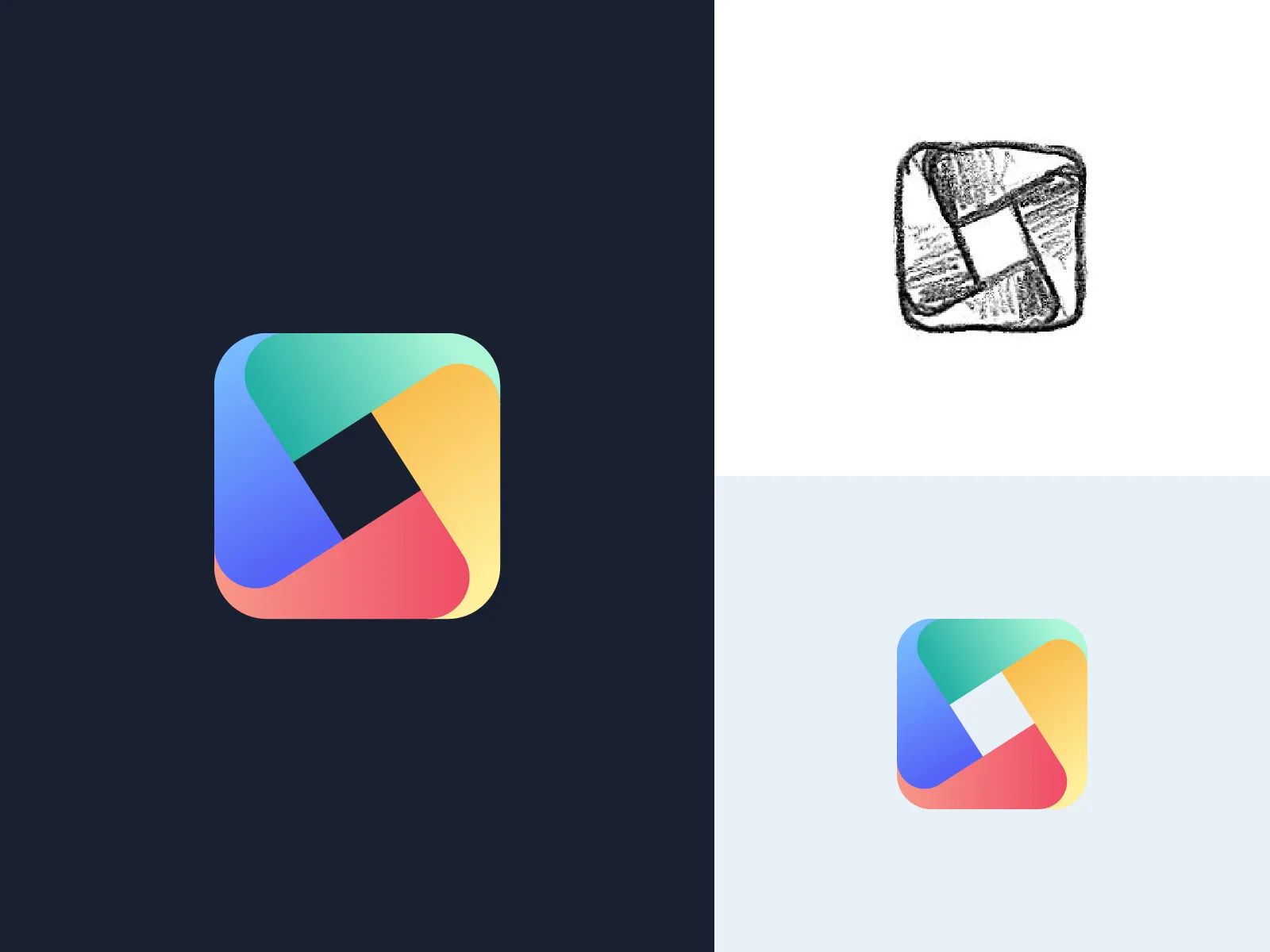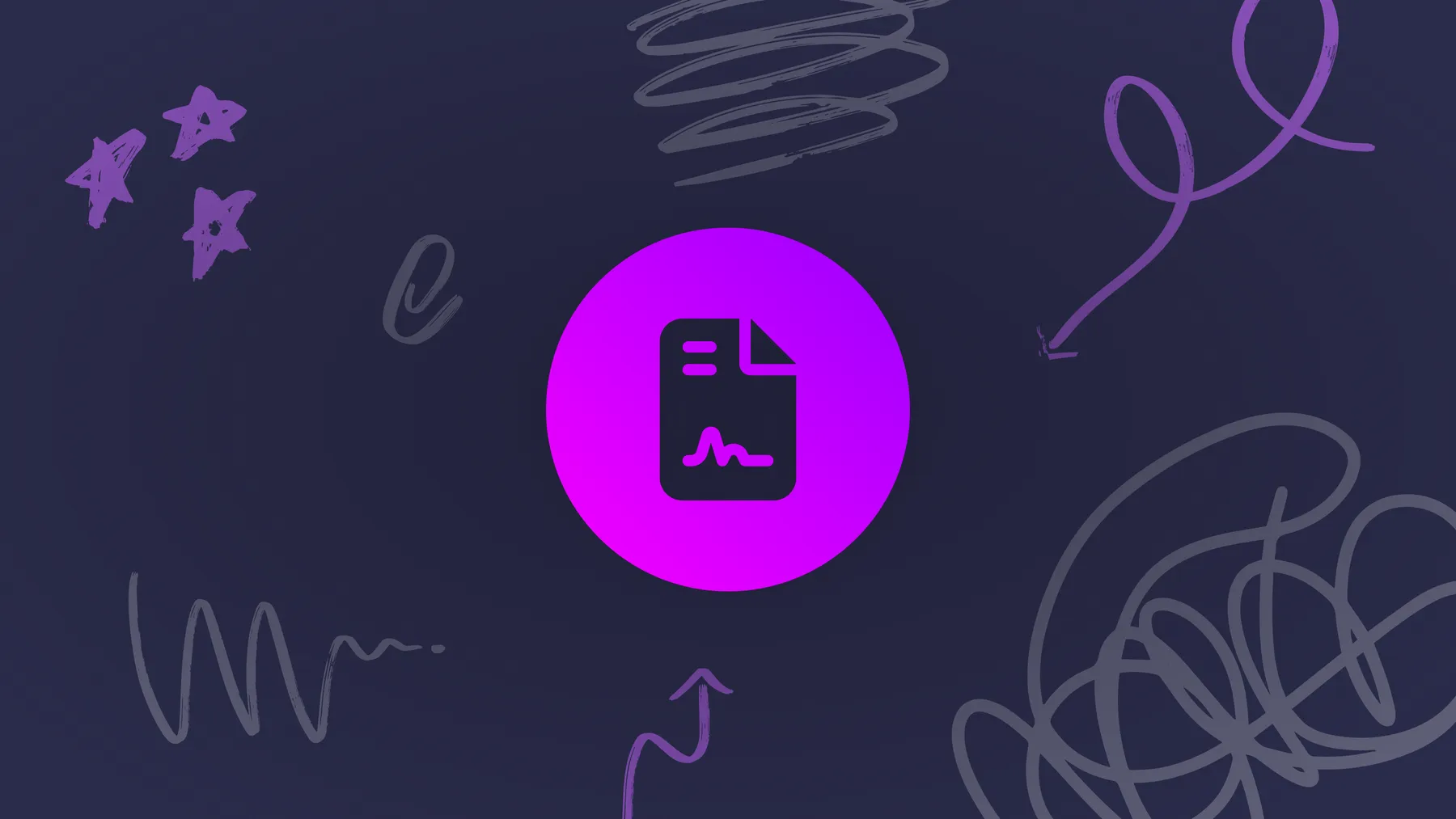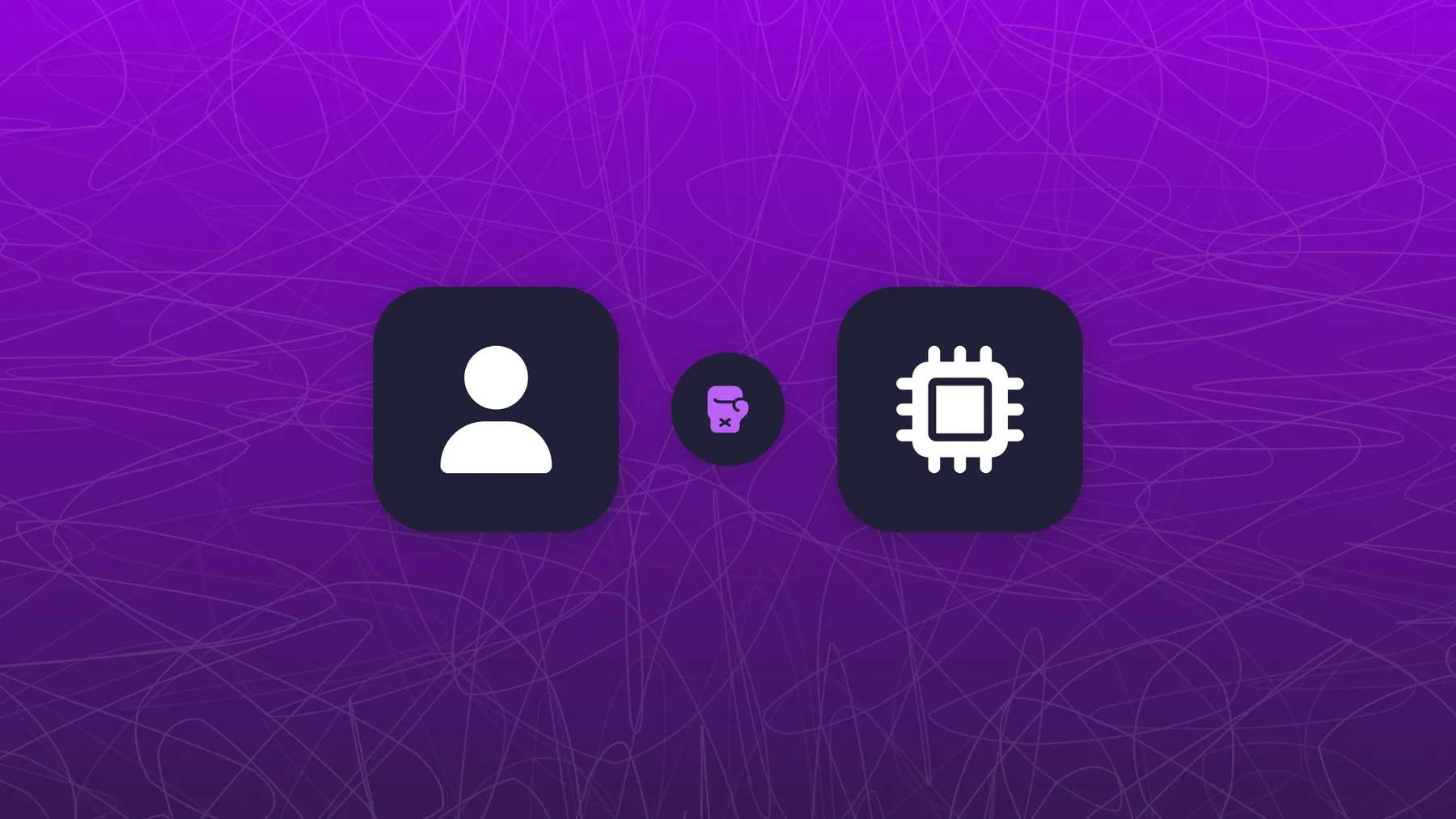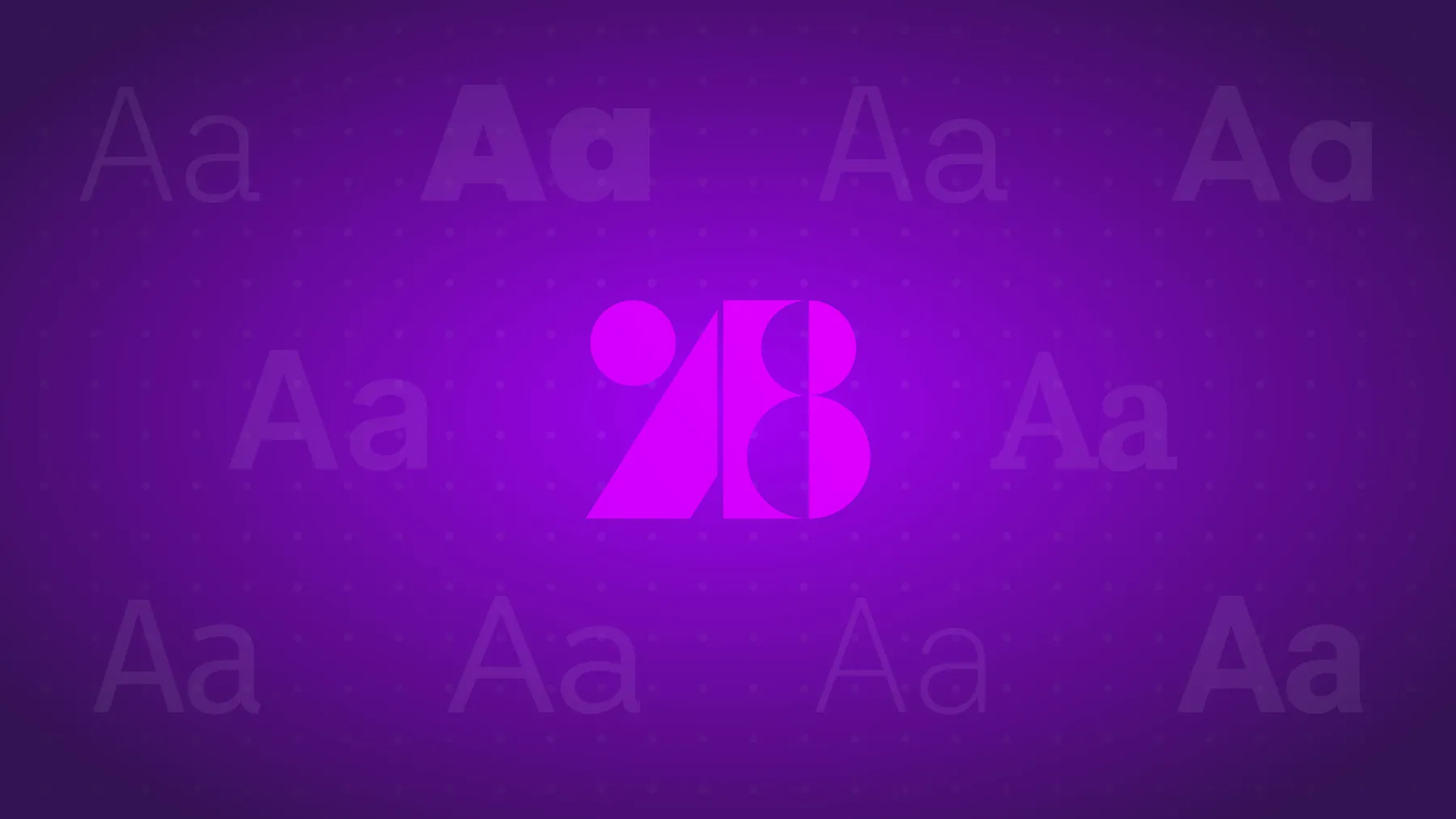Based in Rotterdam, Netherlands, Jord Riekwel has been creating amazing logos since 2010. I spoke with Jord about his experience as a freelance logo designer, key lessons learned working with clients over the years, and how he sees AI impacting the design industry in the years to come.
Hey Jord! Thanks for taking the time to chat. To start, how did you first get into logo design?
To be honest, it wasn’t something I planned — it just came together as a few things aligned. Back in the early ’90s, I started tinkering with DOS and Macintosh computers, and it was in school where I first learned to use Illustrator and QuarkXPress. Years later, while pursuing my Marketing & Communications degree, my younger brother occasionally needed help with vector edits or small logo jobs for his clients. This was back when all frontend designers were using Photoshop.
After completing my studies, I started picking up small design jobs on the side and decided to give freelance design a go. In the first few years, I took on all sorts of projects, relying on gut instinct to make things look good and teaching myself new techniques along the way. Eventually, I decided to focus solely on logo design, phasing out other types of work.
So you picked up design and honed your skills over time. How has that journey shaped your design philosophy?
I try to keep my logos clean and simple. That doesn’t mean boring or lacking complexity, though; I focus on removing everything that isn’t essential. Successful logos aren’t distracting; instead, they effectively symbolize an aspect of the company in a visually appealing way. They serve a specific purpose as part of a larger brand identity and design strategy.
I agree, 100%. Is there a specific style or type of logo you enjoy designing the most?
Letters, animals, and geometric logos are always a lot of fun to bring to life in Adobe Illustrator. I definitely have a distinct style, and I aim to strike a balance between meeting my clients’ expectations and exploring new ideas. The most rewarding part is arriving at something that truly resonates with the client, regardless of the logo type or design style.

Tailwind UI kit placeholder logo Jord designed for Steve Schoger and Adam Wathan.
So true! How do you go about balancing creativity with client requirements?
Logo design is an art, but I don’t see myself as a traditional artist. I use my creativity to craft designs for clients who, in return, pay me for my work. To be honest, I’m not the type to create logos just for the sake of it; I find it challenging to be creative without a brief or a specific goal. For me, creativity is hard work; not a form of relaxation or some higher calling. It happens because of my client’s requirements, not in spite of them.
Sometimes a client will push me in a specific direction that I feel isn’t a good fit for their target audience or product. In those cases I’ll express my concerns, but if they insist on proceeding I just create what they want, send the invoice, and move on to the next project. I genuinely enjoy designing logos; heck I’m passionate about it. But I have bills to pay too, you know?
Oh I know! So where do you find inspiration for your logo designs?
I’m a big fan of LogoLounge — they have biggest logo library with a great tag and search feature. Obviously Dribbble is great too, and I’ve been really fortunate to have been active there since really early on.
I also follow a lot of designers on X (Twitter) to stay in the loop and find stuff that I like. A few times I’ve tried various apps and services to collect and categorize inspiration, but nothing has stuck so far…
Awesome! Any other tools or resources you find indispensable to your work?
Pencil and paper is where I do most of the hard work; they’re an invaluable part of my process. Outside of that, a reliable computer with Adobe Illustrator and the Astute Graphics plugins has also become a must. Add in a quiet workspace with some nice music playing in the background, and I’m a happy (and somewhat productive) man.
Speaking of process, can you walk me through your typical logo design process?
Whenever a client reaches out, I try to get on a call with them to learn more about their project and explain my process. I start with the most important step: sketching logo concepts based on the client’s brief. All of my concepts begin as rough pencil sketches in a notebook. I typically sketch 25-30 different ideas, which I then share with the client. Using their feedback, I sketch another set of concepts, giving us a wide range of ideas to choose from.
 Jord ideating on a squirrel logo concept for a client in 2016
Jord ideating on a squirrel logo concept for a client in 2016
Once we narrow it down, I digitize the three concepts the client likes most, turning the rough sketches into finalized designs in Illustrator. At this stage, I also present a selected typeface and color palette. From there, I create three more refined designs, and together we choose the best direction. After some final fine-tuning, I deliver all the source files and exported assets to the client.
It took me a few years to fine-tune this process. Initially, I skipped sketching and jumped straight into Illustrator, which didn’t work well. For a long time, I was hesitant to share my sketches with clients and would only digitize the ones I preferred. But I soon realized the results were much better when I overcame that insecurity and fully involved my clients in the design process from start to finish.
That’s a lot of sketching! How do you overcome creative blocks?
Honestly, if there’s a secret, I haven’t found it yet. I usually just force myself to start putting ideas on paper, even if they’re not great. Once I fill a page, I often find a few concepts that the client will respond to, which helps me develop more ideas. And, of course, taking a break helps, but I only do that after I’ve pushed myself to get something down first.
And what keeps you motivated to continue growing and improving as a designer?
Thanks to a healthy dose of imposter syndrome, I doubt I’ll ever feel like I’ve truly mastered my craft. Every time I start a new project, there’s a small moment of fear — wondering if I can pull it off again or if I’ve somehow lost my touch. Of course, it always works out.
With tons of experience and a reliable process in place, I know I can get the job done. But I intentionally avoid getting too comfortable, always pushing myself to take on projects just outside my comfort zone.
I stay motivated because, despite everything, I genuinely love creating logos. Setting deadlines for each project helps manage my ADD by keeping me accountable. Plus, having a wife and kids to support definitely provides extra motivation, even when I’d rather be doing something else.
I bet. Now let’s talk projects. What are some of your favorite logos you’ve designed?
This is a tough one, and it’s always something I struggle with. I’m happy with most of my logo designs, and each time, I’m proud I pulled it off. I could give several answers to this, but one that stands out is this kingfisher logo I made in 2021. It’s actually an updated version of an unused concept from 2012, and I think it reflects how much I’ve grown as a designer over those nine years.
 The evolution of Jord’s Polygon Kingfisher logo
The evolution of Jord’s Polygon Kingfisher logo
I don’t take my skills or experience for granted. But since I know the effort it took to get there, that feeling of pride tends to fade pretty quickly. Honestly, I just feel like an average guy who happens to design logos. Even after all these years, it’s something I still need to work on and get better at.
Are there any key lessons you’ve learned that could help new logo designers?
If possible, avoid working with clients who complain about your pricing. They tend to be difficult, even if you lower your rates or adjust your process to fit their budget. That said, it’s not necessarily a red flag if a client respects your pricing but asks if you can work within a slightly lower budget. In those cases, it’s usually best not to offer a steep discount, like 50%. Instead, request a detailed briefing and see if you can streamline your process or reduce the deliverables to meet their budget.
If you can afford it, delegate tasks to people who excel at them. Hire someone to handle your taxes. Don’t design your own website, and consider paying a professional for your website’s copy. Often, it’s more economical to pay others to do what they do best, freeing up your time to focus on client work.
If you’re just starting out, don’t feel pressured to buy the best gear right away. Keep it simple and gradually upgrade as you go. Sure, an expensive mechanical pencil and notebook are nice, but you can sketch excellent logos with basic printing paper and a 2B pencil.
The pencil is mightier than the mouse! What are your thoughts on AI? I’m curious to know your take as an experienced design professional.
I grew up during a time when computers and cell phones were becoming mainstream. I was downloading songs for my parents on Napster and chatting with friends on MSN after school, while my parents rolled their eyes at our use of abbreviations. Now, as I turn 40 this year, I’ve long since decided not to fear, reject, or mock new inventions, technologies, or trends just because they’re unfamiliar. I refuse to be the guy who talks about “the good ol’ days” and doesn’t understand “youngsters these days.”
When it comes to AI, I think it’s going to be a great tool for those looking for inexpensive but ‘good enough’ designs. It will carve out its place in the design space, and while it may replace some tasks, it will also create new opportunities.
The need for the human touch will always remain. I imagine traditional sign painters didn’t love the arrival of sticker plotters or desktop publishing software with preloaded fonts, but change is natural. Skills become obsolete, and people adapt and learn new things.
I’m not worried that AI will replace my job as a logo designer. People who want to save money will use AI logo creation tools, and the ones willing to pay thousands for a custom design from a designer like me, will. As AI continues to evolve, I’ll likely incorporate it into my brainstorming and concept creation. The best designers are those who adapt.
For sure. Do you think the field of logo design will change much in short/long term?
Looking at the past, one thing is certain: styles and trends will keep evolving, software will keep advancing, and people online will always complain about rebrands. Many still won’t understand how hard it is or how much time goes into creating a great logo.
The fundamentals of logo design haven’t changed in the last 75 years. That’s why so many logos are considered timeless. If you pick up an old logo/symbols book, you’d see designs that wouldn’t look out of place on Dribbble or Behance today.
I’m optimistic about the future and excited for what’s ahead. As both a designer and a person, you have to embrace change and avoid getting stuck in the past.
So what made you decide to join the Bootstrap Logos seller community?
I have so many completed logos sitting unused on my computer, and even more great logo sketches that never made it past the drawing board. I’d love to see them find a place where they can actually be put to use.
 A selection of Jord’s unused logos from 2023
A selection of Jord’s unused logos from 2023
For a lot of projects, products, and companies, a logo is just a small element that needs to look good and not break the bank. As logo designers, we have to be realistic — not every project requires a custom design from scratch. A logo is just one part of a bigger picture. There’s no reason to frown on stock logos when stock photos, websites, fonts, and music are already common solutions for many.
Bootstrap Logos allows me to connect with a different type of client I wouldn’t usually reach. They get the chance to buy and use a quality logo at a fair price, making it a win-win for everyone.
That’s a good perspective. How has your experience been as a seller so far?
Great! It’s still early days, but I’ve already sold 4 exclusive logos since joining the platform, with very little effort on my part. Most of the effort comes from carefully selecting the right unused logo concepts and making final tweaks to get them ready to hopefully find a new home. I plan to add more logos to my collection soon.
Aside from that, Matt (the developer) has been very open to feedback and suggestions. I’m excited to see how things continue to grow and evolve.
And finally, what’s next for you? Any big plans or goals for the future?
I often think about the future, knowing I’ll likely be doing this for another thirty years. It’s exciting to realize just how much opportunity lies ahead between now and 2054. My main goal is to keep enjoying what I do and continue adapting to stay relevant as a designer.
If I can quiet the inner voices of imposter syndrome and ADD, I’d love to take on bigger projects and clients with more confidence. I also think it’d be great to work with an agency or company a few days a week, getting involved in projects with a broader scope. Right now, I send the final logo assets and move on, but it would be nice to contribute to the bigger picture. However, I know I’d get bored if I worked on the same branding full-time, so a mix would be ideal.
As much as I’d like logo design would become easier, that’s just wishful thinking. Maybe it’s even good that every project remains a bit of a challenge. Ultimately, my biggest goal is to keep enjoying what I do and keep gradually improving my logo design chops over time.
Check out Jord’s collection of unused logos for sale here on Bootstrap Logos, and connect with him on Dribbble, Instagram, and X. If you’d like Jord to design a custom logo for you, please reach out to him directly.
If you’re interested in listing your own unused logos for sale on Bootstrap Logos, you can learn more and apply here.




